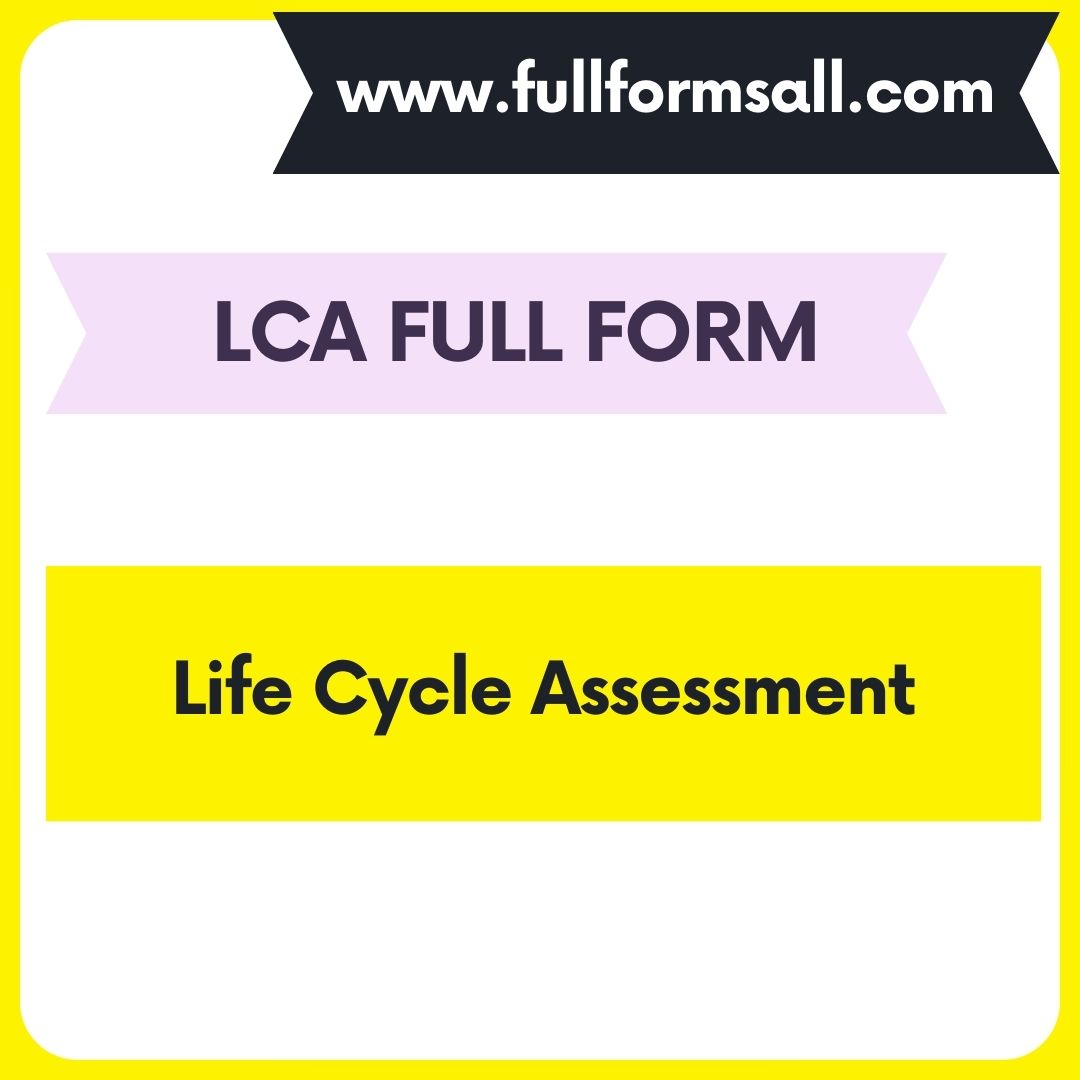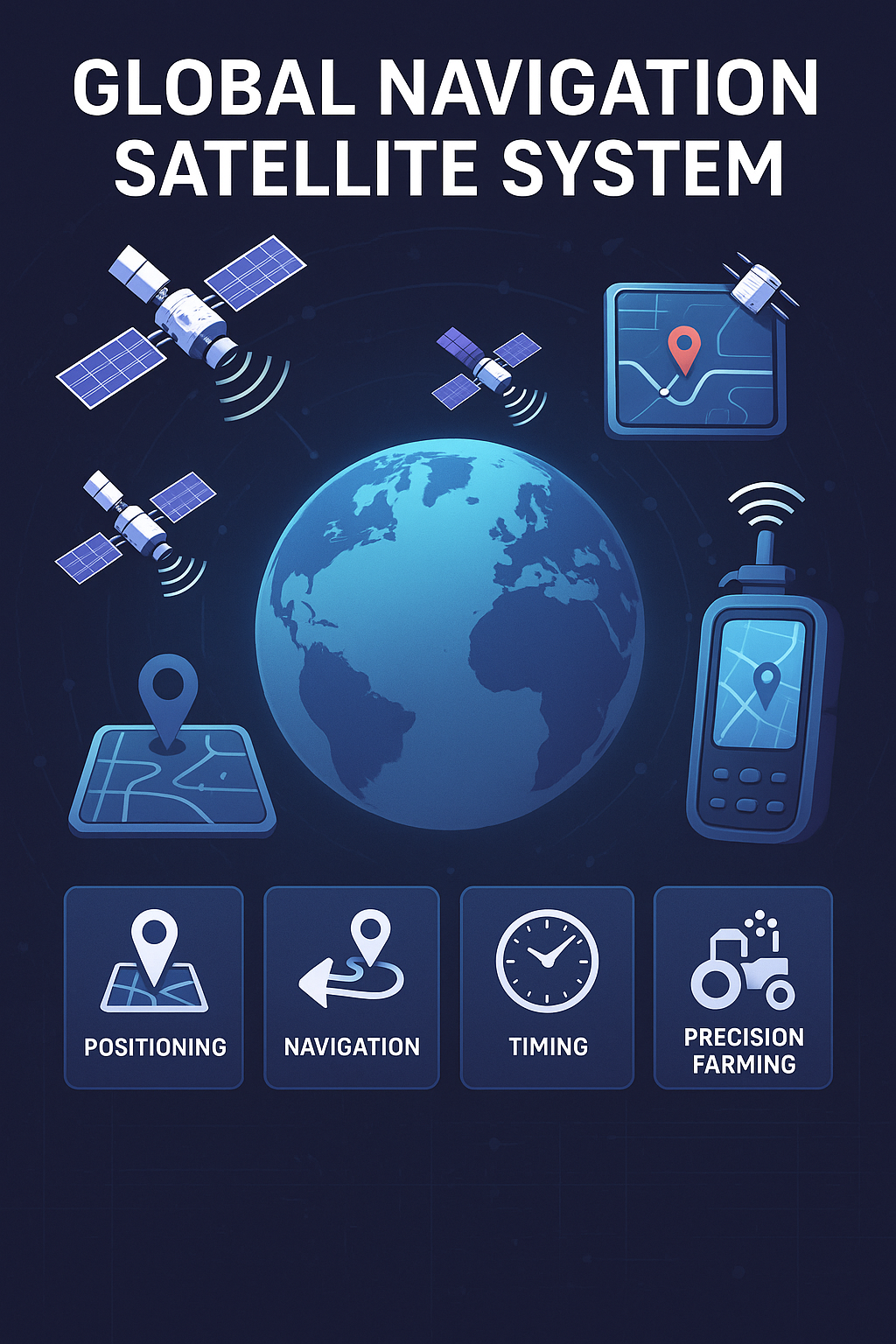In this article you get to know about LCA full from and other different abbreviations of LCA in various fields. LCA full form refers to Life Cycle Assessment.
Life Cycle Assessment, often abbreviated as LCA, is a systematic and comprehensive methodology used to evaluate the environmental impact of a product, process, or service throughout its entire life cycle. This life cycle typically includes stages such as raw material extraction, production, transportation, use, and disposal. LCA seeks to quantify the environmental burdens associated with each stage to provide insights into how to minimize them.
The Four Phases of Life Cycle Assessment
- Goal and Scope Definition:
In this initial phase, the objectives of the assessment are clearly defined. This involves specifying the product or system to be assessed, its intended use, the boundaries of the study (what’s included and excluded), and the environmental impact categories to be considered (e.g., greenhouse gas emissions, water usage, energy consumption). - Life Cycle Inventory (LCI):
During this phase, detailed data is collected and compiled to create an inventory of all inputs (resources and energy) and outputs (emissions, waste) associated with the product or process at each life cycle stage. This information is often gathered from databases, literature, and direct measurements. - Life Cycle Impact Assessment (LCIA):
In this phase, the environmental impacts identified in the inventory phase are assessed and characterized. LCIA involves evaluating the potential effects on various environmental categories, such as global warming potential, water pollution, or habitat destruction. This phase often employs scientific models and methodologies to quantify impacts. - Interpretation:
The final phase involves interpreting the results and drawing conclusions based on the findings. Stakeholders can use this information to make informed decisions about how to reduce environmental impacts. Sensitivity analyses and scenario assessments may be performed to explore different options and their potential consequences.
Key Components of Life Cycle Assessment
- System Boundary:
Defining the boundaries of the assessment is crucial. It determines which stages of the product’s life cycle will be included, such as raw material extraction, production, distribution, use, and disposal. Boundaries also specify which environmental impacts are considered. - Functional Unit:
The functional unit is a critical element of LCA. It defines the specific function or service provided by the product or system. For example, for a car, the functional unit might be “transportation of one person over a distance of 100 miles.” - Data Collection:
Accurate and comprehensive data collection is essential. This involves gathering information about resource use, energy consumption, emissions, and waste generation at each life cycle stage. Data sources can include databases, industry reports, and direct measurements. - Impact Categories:
Different environmental impact categories are considered in an LCA, depending on the goals and scope of the assessment. Common impact categories include carbon emissions, water usage, land use, and toxic emissions. The selection of impact categories should align with the specific objectives of the study. - Impact Assessment Methods:
There are various impact assessment methods used in LCAs. These methods quantify the environmental effects associated with the system’s inputs and outputs. Examples of impact assessment methods include the ReCiPe method for resource depletion and the IPCC method for calculating greenhouse gas emissions.
Significance of Life Cycle Assessment
- Environmental Decision-Making:
LCA provides a comprehensive view of the environmental impacts of products and processes, aiding decision-makers in making choices that reduce environmental harm. - Product Improvement:
By identifying the most environmentally impactful stages of a product’s life cycle, LCA can guide manufacturers in optimizing their designs and processes for reduced environmental impact. - Sustainable Sourcing:
LCA can help companies make more sustainable choices in sourcing materials and energy, reducing their carbon footprint and environmental liabilities. - Regulatory Compliance:
Many governments and regulatory bodies require or encourage LCA for certain industries to ensure compliance with environmental regulations. - Consumer Awareness:
As environmental awareness among consumers grows, LCA information can be used for eco-labeling and marketing, allowing consumers to make informed choices.
Applications of Life Cycle Assessment
- Product Design and Development:
LCA informs decisions about product design and materials selection, enabling the creation of more eco-friendly products. - Energy and Transportation:
LCA assesses the environmental impact of different energy sources, transportation methods, and vehicle technologies to support sustainable energy and mobility solutions. - Building and Construction:
In the construction industry, LCA is used to evaluate the environmental performance of building materials, designs, and practices. - Agriculture and Food Production:
LCA helps assess the environmental impact of food production, including resource use, emissions, and waste generation. - Waste Management:
LCA is applied to evaluate the environmental consequences of different waste management strategies, such as recycling, landfilling, and incineration.
Challenges in Life Cycle Assessment
- Data Availability:
Obtaining accurate and up-to-date data for all life cycle stages can be challenging, especially for emerging technologies or niche products. - Complexity and Time-Intensiveness:
LCA studies can be complex and time-consuming, requiring expertise and resources for data collection, analysis, and interpretation. - Subjectivity:
Certain aspects of LCA, such as the selection of impact categories and weighting factors, involve subjective choices that can influence the results. - Scope and Boundaries:
Defining the boundaries and scope of an LCA can be subjective and may affect the outcomes and conclusions.

Different abbreviations of LCA in various fields are as follows
| Term | Abbreviation | Category |
| LCA | Life Cycle Assessment | Academic & Science |
| LCA | Leukocyte Common Antigen | Academic & Science |
| LCA | Low Cost Airlines | Academic & Science |
| LCA | License Control Agreement | Business |
| LCA | Light Combat Aircraft | Military and Defence |
| LCA | Limited Contingency Authorization | Military and Defence |
| LCA | Loan Commitment Account | Banking |
| LCA | Letter of Credit Application | Banking |
| LCA | Logical Channel Allocation | Technology |
| LCA | Link Control Agent | Technology |
| LCA | Left Coronary Artery | Medical |
| LCA | Lung Cancer Alliance | Medical |
| LCA | Link Conditioner App | Computer and Networking |
| LCA | Link Control and Adaptation | Computer and Networking |
| LCA | Legal Costs Advisor | Others |
| LCA | London Contemporary Art | Others |
CONCLUSION:
Dear reader in this article you get to know about LCA full from and LCA term used in various other fields, If you have any query regarding this article kindly comment below.
